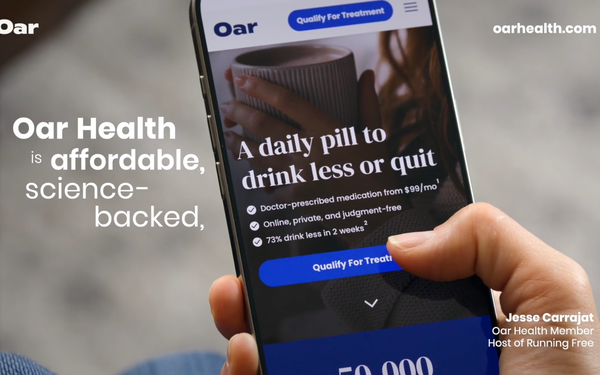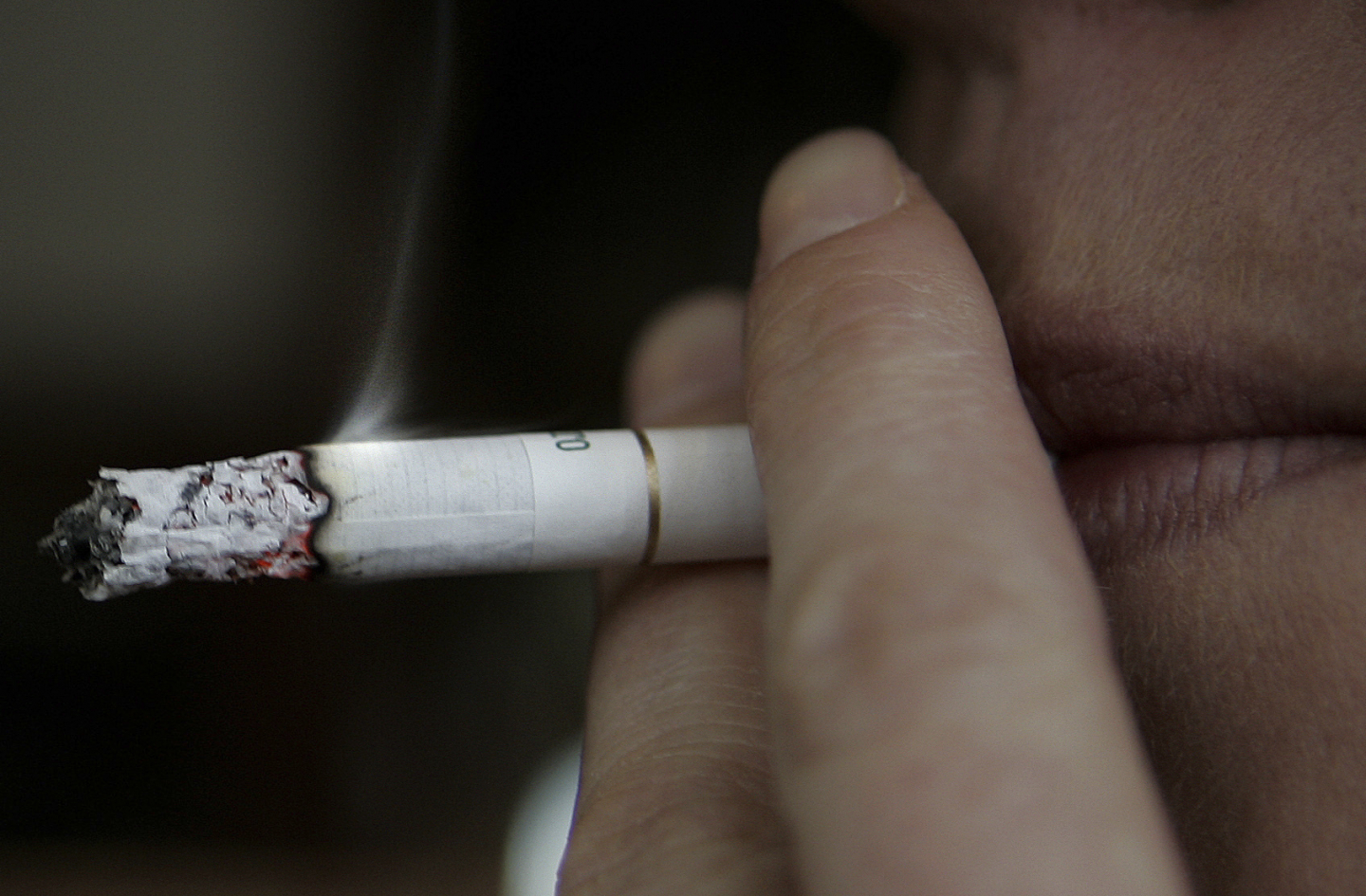Oar Health’s Contribution to Sustainable Development Goal 3: A Report on Combating Alcohol Use Disorder
Executive Summary: Aligning with SDG 3 – Good Health and Well-being
- Oar Health, a telehealth provider, is actively contributing to the achievement of Sustainable Development Goal 3 (SDG 3), specifically Target 3.5, which aims to strengthen the prevention and treatment of substance abuse, including the harmful use of alcohol.
- By increasing access to the FDA-approved medication naltrexone, the company addresses the significant public health challenge of Alcohol Use Disorder (AUD).
Addressing a Critical Gap in Public Health
- The Challenge: An estimated 28 million individuals suffer from AUD, yet only 2.5% receive medication-assisted treatment.
- The Solution: Oar Health provides a telehealth platform offering doctor consultations, prescriptions, and support, thereby democratizing access to care and directly supporting SDG 3.
- Medication: The service focuses on naltrexone, a generic medication available for decades but historically under-promoted to consumers.
Strategic Communications to Promote Health-Seeking Behaviors
- Initial Awareness: The first campaign established the problem (AUD) and the available solution (naltrexone).
- Founder’s Narrative: The second campaign featured CEO Jonathan Hunt-Glassman’s personal story to humanize the issue of addiction.
- Peer Testimonials: The current campaign utilizes testimonials from its 12,000 subscribers to reduce stigma and encourage others to seek help, a crucial step in achieving widespread well-being as outlined in SDG 3.
Targeted Outreach for Inclusive Health (SDG 3 & SDG 5)
- Primary Demographic: The target audience has a median and mean age of 43.
- Gender-Responsive Strategy: While women are more likely to seek treatment for AUD, advertising is primarily aimed at men to engage this less-reached demographic. This strategy supports the broader goal of ensuring healthy lives for all, acknowledging gender-specific barriers to care, which relates to both SDG 3 and SDG 5 (Gender Equality).
- Media Channels: The media strategy includes linear TV networks such as MSNBC, CNN, ESPN, and NFL Network, alongside digital platforms like paid search, radio, Facebook, and LinkedIn to ensure broad reach.
Innovative Engagement to Enhance Treatment Efficacy
- SMS Call-to-Action: Oar Health utilizes SMS to capture user intent, particularly during times when individuals may not complete a full sign-up.
- Targeted Timing: Text message follow-ups are strategically timed for moments of high motivation, such as mornings when individuals may be experiencing a hangover.
- Contribution to SDG 3: This “just-in-time” intervention model leverages technology to meet individuals when they are most receptive to change, increasing the potential for successful treatment uptake and aligning with the goal of effective substance abuse treatment.
Measurable Impact and Future Commitment
- Cumulative Reach: The service has supported 65,000 people since its 2021 launch.
- Reported Success: Two-thirds of users report consistently meeting their goal to reduce or quit drinking.
- Sustained Focus: With revenue doubling since launch, Oar Health plans to continue its focus on AUD, aiming to expand its impact and further contribute to the public health objectives of SDG 3.5.
Analysis of Sustainable Development Goals in the Article
1. Which SDGs are addressed or connected to the issues highlighted in the article?
The primary Sustainable Development Goal (SDG) addressed in the article is:
- SDG 3: Good Health and Well-being. The article’s entire focus is on a significant public health issue: Alcohol Use Disorder (AUD). It discusses a specific medical treatment (naltrexone) and a healthcare delivery model (telehealth) designed to improve the health and well-being of individuals suffering from alcohol addiction. The article highlights the scale of the problem, mentioning “28 million people with AUD,” and the efforts of Oar Health to provide accessible treatment, directly aligning with the goal of ensuring healthy lives and promoting well-being for all at all ages.
2. What specific targets under those SDGs can be identified based on the article’s content?
Based on the article’s discussion of treating alcohol addiction, the following specific SDG targets can be identified:
-
Target 3.5: Strengthen the prevention and treatment of substance abuse, including narcotic drug abuse and harmful use of alcohol.
- This target is directly addressed. The article is centered on Oar Health’s mission to combat the “harmful use of alcohol” by providing an FDA-approved medication, naltrexone, through a telehealth service. The company’s goal to “help as many of the 28 million people with AUD as possible” is a clear effort to strengthen the treatment of substance abuse.
-
Target 3.8: Achieve universal health coverage, including financial risk protection, access to quality essential health-care services and access to safe, effective, quality and affordable essential medicines for all.
- The article implicitly connects to this target by describing a “telehealth-enabled solution” that increases access to essential healthcare. By offering “doctor consultations, prescriptions and support” remotely, Oar Health is breaking down barriers to treatment for AUD. The article notes that this model allows them to “meet people when they’re ready to start making a change,” improving access to quality care for a condition that is often stigmatized and undertreated.
3. Are there any indicators mentioned or implied in the article that can be used to measure progress towards the identified targets?
Yes, the article mentions several quantitative and qualitative indicators that can be used to measure progress towards the identified targets:
- Indicator for Target 3.5: The article provides a direct indicator related to the coverage of treatment for substance use disorders.
- It states that currently, “only about 2.5% of [the 28 million people with AUD] are prescribed any medication to help them drink less or quit.” This figure serves as a baseline measurement of treatment coverage, against which progress can be tracked.
- The number of people served by Oar Health, “65,000 people since its launch,” is a specific metric showing the contribution of this service to increasing treatment coverage.
- The effectiveness of the treatment is also measured, with the article reporting that “two-thirds of [subscribers] report they are always or frequently meeting their goal to drink less or quit.”
- Indicator for Target 3.8: The article implies indicators related to access to essential health services.
- The existence and growth of the “telehealth service” itself is an indicator of expanding access to healthcare. The company’s reported growth, “doubling revenue since launch,” suggests an increasing number of people are utilizing this accessible model of care.
- The use of consumer awareness campaigns on platforms like “linear TV, paid search, radio, Facebook and LinkedIn” is an indicator of efforts to reach underserved populations and increase their access to information and treatment options.
4. Table of SDGs, Targets, and Indicators
| SDGs | Targets | Indicators |
|---|---|---|
| SDG 3: Good Health and Well-being | 3.5: Strengthen the prevention and treatment of substance abuse, including narcotic drug abuse and harmful use of alcohol. |
|
| SDG 3: Good Health and Well-being | 3.8: Achieve universal health coverage… access to quality essential health-care services and access to… affordable essential medicines… |
|
Source: mediapost.com







